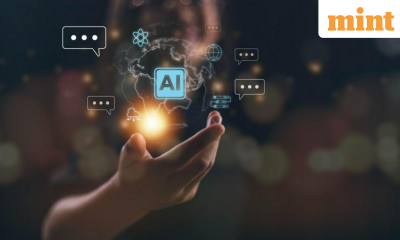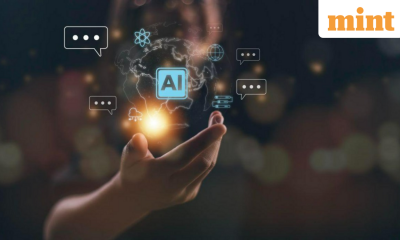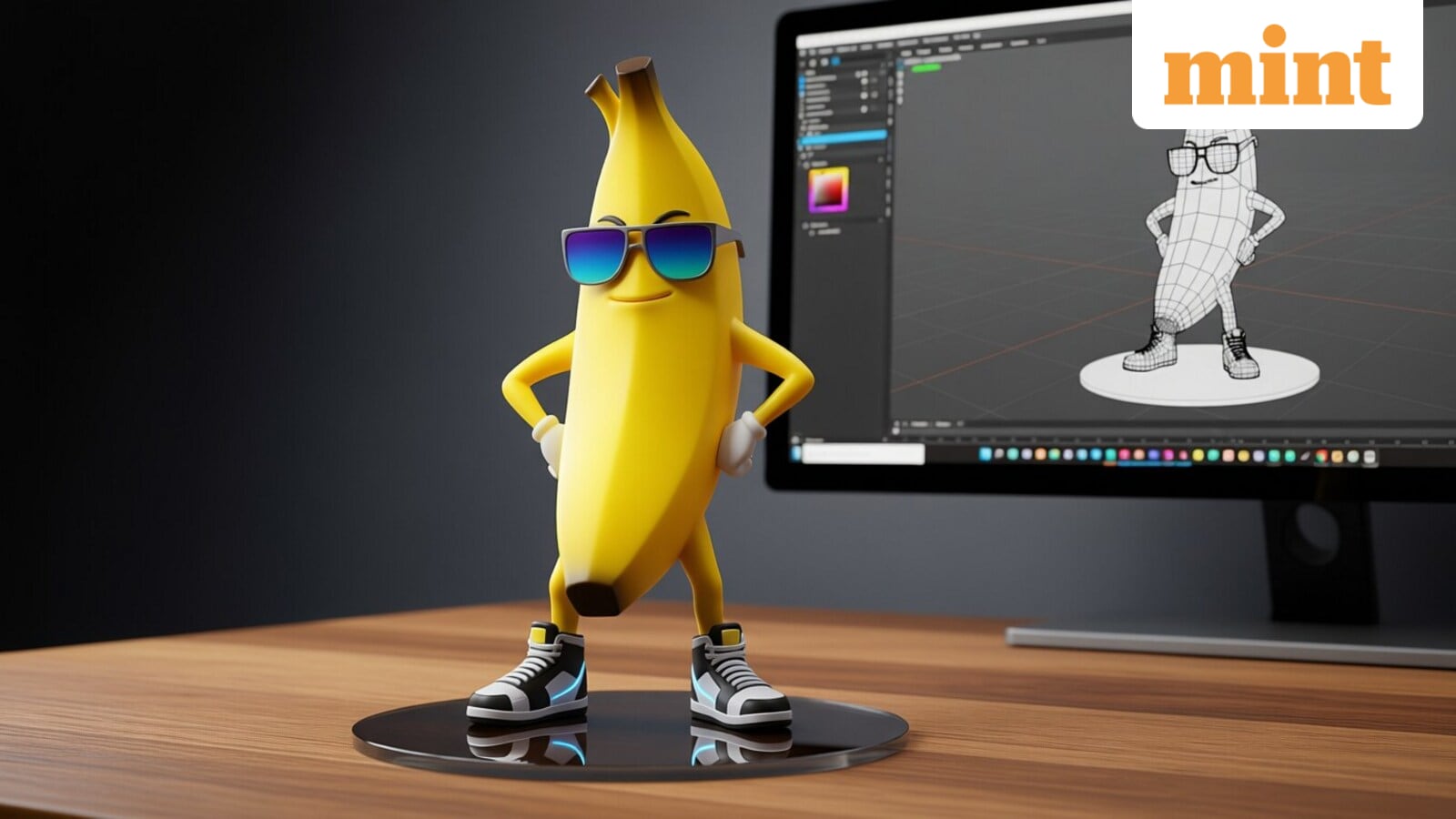

Metaverse
How Google’s Nano Banana push may transform millions of jobs – Crypto News
Viral as Nano Banana, the tool has garnered record impressions. Josh Woodward, vice-president and global head of Gemini, tweeted that by 9 September, Google’s AI platform had seen over 23 million new user registrations and generated over 500 million images in two weeks.
Experts say Google’s viral image-generation platform could mark the beginning of mass-scale enterprise AI adoption—more so than OpenAI’s Studio Ghibli-style experiment earlier this year.
Mint explains the length and breadth of its potential impact.
How does Nano Banana work?
Put simply, Nano Banana is an AI model solely dedicated to text-to-image generation. While its broader model, Gemini 2.5, works across multiple input methods such as text, image, video and voice, Nano Banana was trained solely on image-based datasets—including image types, textures, 3D modelling, and rendering of spatial information to understand aspects such as the direction of shadows, the depth of a room, proportions of a human body, and more. It works in the same way as any other AI model, and can be accessed by simply choosing the Gemini 2.5 Flash Image—which is the technical name for it. Currently, the service is available to all users for free.
What explains the hype?
Until now, image-generation tools—such as ChatGPT powered by OpenAI’s multipurpose GPT-4o—have largely focused on showing how text prompts can instantly create images. Similarly, smartphone makers have also integrated image-generation applications to show users how the technology would work—this includes Apple’s Image Playground in iPhones, and Google’s Pixel Studio in its own smartphone line-up.
The Nano Banana image model, via the Gemini app, is the first one being used more for image editing and juxtaposition than for generating images.
Technical data from Google suggests that the model’s ‘context window’, or the amount of information you can feed it for it to understand your prompt, is over 1 million tokens. In simpler terms, you can add up to 3,000 images or files in one prompt—to explain the exact kind of image that you want to see generated. You can also ask the platform to combine two images in a specific form—for instance, uploading a normal photograph of a room and a piece of furniture, and asking Gemini to show the results of how such furniture placement would revamp the room.
Would this affect businesses and jobs alike?
Experts believe so. Four analysts, consultants, and advisors that Mint spoke with said businesses are already experimenting with Gemini’s latest image generator and how such a tool may reduce business expenses. Companies are also looking to understand how to frame the right prompt, which experts said may lead to prompt engineers returning to the industry.
In a report earlier this year, consulting firm McKinsey & Co. said generative AI can add up to $4.4 trillion in economic value each year—a figure that may double if generative AI models are built into software platforms that enterprises use today. Further, nearly 40% of this impact is expected to play out in customer operations, marketing, and sales support.
Gartner data from 2024 projected customer service and support as an industry to be worth nearly $50 billion. Similarly, the broad umbrella of marketing and sales is already worth multiple trillions of dollars.
Experts said each of these industries uses creative design and image services extensively. It is home to over four million employees across outsourced operations or call centres. More executives work across sales and marketing roles within companies—a figure that is more difficult to estimate.
Further, engineering, interior design and other industries are more squarely dedicated to design. Each of these industries uses tools and employs people to create designs for customers. All of this stands to be disrupted, with Gemini offering a plug-and-play platform for all kinds of design operations. For instance, Nano Banana’s understanding of 3D depth can help interior designers swap expensive 3D rendering tools for AI platforms, which are faster and, for now, less expensive as well.
What about privacy and information security concerns?
Each of these concerns is legitimate. Google discloses in the Gemini Apps Privacy Hub that information saved in a user’s account is shared for training its models. These include “what you say to Gemini applications, what you share—like files, videos, photos and page content, transcripts, and recordings of voice interactions with Gemini Live, usage feedback, as well as names and custom instructions”.
Other information collected includes content generated by the Gemini app platform, information from connected Google applications such as the Chrome web browser, YouTube search history, devices you own, as well as call and message logs, contacts, installed apps on your phone, content on your screen, and your location information.
Google discloses that this vast trove of data can and will be used to “maintain and improve services, develop new services, personalize services, measure performance, and protect Google, our users, and the public”.
While privacy advocates and users alike have raised concerns, experts advise that users can take some steps to restrict privacy and security concerns, such as turning off Google’s ability to use your audio and voice information recorded by Gemini, as well as turning off or deleting ‘Gemini app activity’ so that Google does not store copies of your information forever.
They also add that the company will likely offer enterprise-grade custom security protocols in the long run, once business use cases start to develop. These would include the ability for businesses to run Nano Banana offline or within the confines of a company’s own servers, thus restricting who would have access to sensitive data across the internet.
If the services are free, how would Google earn?
The services will remain free until mass-scale adoption. Further, businesses that use design tools at scale will inevitably need to pay to access the full suite of services. Google, on this note, already has its ‘AI Pro’ and ‘AI Ultra’ tiers in its ‘One’ subscription plan, which cost ₹1,950 and ₹24,500 per month, respectively.
Customers, too, will need to pay to use the image-generation service beyond the free tier, which restricts users in terms of the maximum volume of content they can generate, the frequency at which the tools can be used, and downtime caused by peak usage hours.
How is the company’s stock reacting?
The stock of Alphabet, Google’s parent firm, on the US stock exchange Nasdaq, has risen 21% since the rollout of Nano Banana. Others, too, are seeing lofty valuations.
Earlier this week, China’s Bytedance launched the latest version of its image-generative AI platform, SeeDream 4.0. US-based investor Fidelity, which holds a stake in TikTok’s parent firm, has valued the company at $385 billion, making it larger than Korean electronics conglomerate Samsung, Dutch semiconductor giant ASML, French luxury firm LVMH, and US industrial group General Electric, among others.
-

 Cryptocurrency6 days ago
Cryptocurrency6 days agoIlluminating progress: Is a $140K income ‘poor’? – Crypto News
-
Technology5 days ago
Crypto Lawyer Bill Morgan Praises Ripple’s Multi-Chain Strategy as RLUSD Hits $1.1B – Crypto News
-

 others6 days ago
others6 days agoGold holds strong at $4,200 as Fed-cut anticipation builds – Crypto News
-

 Blockchain4 days ago
Blockchain4 days agoAnalyst Reveals What You Should Look Out For – Crypto News
-
Cryptocurrency1 week ago
Crypto Platform Polymarket Relaunches in U.S. Following CFTC Approval – Crypto News
-
others7 days ago
Bitcoin Price Forecast as BlackRock Sends $125M in BTC to Coinbase — Is a Crash Inevitable? – Crypto News
-

 Technology6 days ago
Technology6 days agoSamsung Galaxy S25 Ultra 5G for under ₹80,000 on Flipkart? Here’s how the deal works – Crypto News
-

 Blockchain3 days ago
Blockchain3 days agoStripe and Paradigm Open Tempo Blockchain Project to Public – Crypto News
-
others1 week ago
$12T Charles Schwab to Launch Bitcoin and Ethereum Trading in Early 2026, CEO Confirms – Crypto News
-
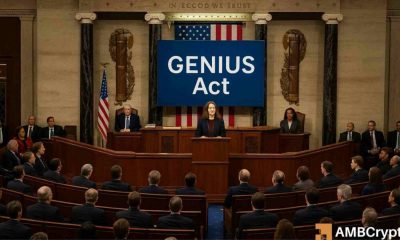
 Cryptocurrency1 week ago
Cryptocurrency1 week ago‘Get it done on time’ – Lawmakers push regulators on GENIUS Act rollout – Crypto News
-
Business1 week ago
Crypto Platform Polymarket Relaunches in U.S. Following CFTC Approval – Crypto News
-

 Cryptocurrency1 week ago
Cryptocurrency1 week agoUK recognises crypto as property in major digital asset shift – Crypto News
-
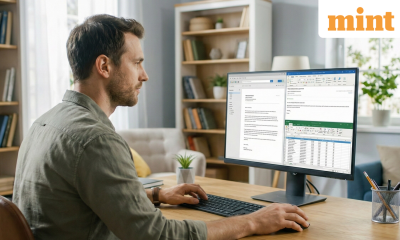
 Technology7 days ago
Technology7 days agoWorking on a screen all day? These 8 LED monitors in Dec 2025 are kinder on your eyes – Crypto News
-
others6 days ago
Morgan Stanley Turns Bullish, Says Fed Will Cut Rates by 25bps This Month – Crypto News
-

 Cryptocurrency6 days ago
Cryptocurrency6 days agoFlorida Appeals Court Revives $80M Bitcoin Theft – Crypto News
-

 Cryptocurrency6 days ago
Cryptocurrency6 days agoCrypto Holiday Gift Guide 2025 – Crypto News
-
others4 days ago
Breaking: Labor Department Cancels October PPI Inflation Report Ahead of FOMC Meeting – Crypto News
-
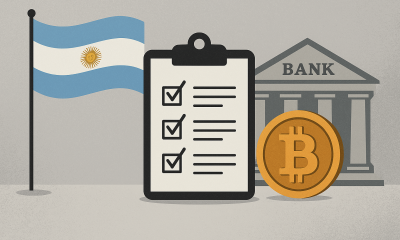
 Cryptocurrency4 days ago
Cryptocurrency4 days agoArgentina moves to reshape crypto rules as banks prepare for Bitcoin services – Crypto News
-
others1 week ago
Strategy CEO Says Bitcoin Sales Unlikely Before 2029 After Creating $1.44B Dividend Reserves – Crypto News
-
Business1 week ago
Sui Price Surges 10% As Vanguard Group Adds SUI to Bitwise 10 Crypto Index – Crypto News
-

 Cryptocurrency1 week ago
Cryptocurrency1 week agoRipple CTO Shares Hilarious Email from Jed McCaleb Impersonator – Crypto News
-
Business1 week ago
Senator Tim Scott Floats December 17 and 18 For Crypto Market Bill Markup – Crypto News
-

 Cryptocurrency1 week ago
Cryptocurrency1 week agoBTC staking platform Babylon teams up with Aave for Bitcoin-backed DeFi insurance – Crypto News
-

 Blockchain1 week ago
Blockchain1 week agoSolana (SOL) Cools Off After Rally While Market Eyes a Resistance Break – Crypto News
-

 others6 days ago
others6 days agoThe rally to 7120 continues – Crypto News
-

 Blockchain6 days ago
Blockchain6 days agoBitcoin Buries The Tulip Myth After 17 Years: Balchunas – Crypto News
-

 others5 days ago
others5 days agoNasdaq futures hold key structure as price compresses toward major resistance zones – Crypto News
-

 others5 days ago
others5 days agoNasdaq futures hold key structure as price compresses toward major resistance zones – Crypto News
-
Business1 week ago
Trump Sets Early 2026 Timeline for New Fed Chair Pick – Crypto News
-
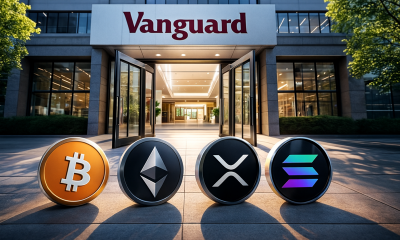
 Cryptocurrency1 week ago
Cryptocurrency1 week agoVanguard reverses course, opens door to Bitcoin, Ethereum, XRP, and Solana ETFs – Crypto News
-
others1 week ago
XRP News: Ripple Expands Payments Service With RedotPay Integration – Crypto News
-

 Blockchain1 week ago
Blockchain1 week agoLedger Finds Chip Flaw Allowing Complete Phone Takeover – Crypto News
-
Business1 week ago
Kalshi, Robinhood and Crypto com Face Cease & Desist Order in Connecticut – Crypto News
-
Business1 week ago
What’s Next for Dogecoin Price After Whales Scoop 480M DOGE? – Crypto News
-

 Technology1 week ago
Technology1 week agoCloudflare Resolved Services Issues Caused by Software Update – Crypto News
-
others1 week ago
XRP Price Prediction As Spot ETF Inflows Near $1 Billion: What’s Next? – Crypto News
-
Technology7 days ago
Solana Price Outlook: Reversal at Key Support Could Lead to $150 Target – Crypto News
-
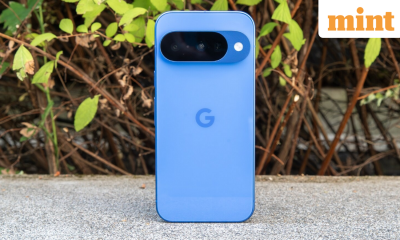
 Technology6 days ago
Technology6 days agoFrom security camera to gaming hub: 6 Easy tricks to make your old smartphone genuinely useful again – Crypto News
-

 Cryptocurrency5 days ago
Cryptocurrency5 days agoWhy Ethereum strengthens despite whale selling – Inside Asia premium twist – Crypto News
-
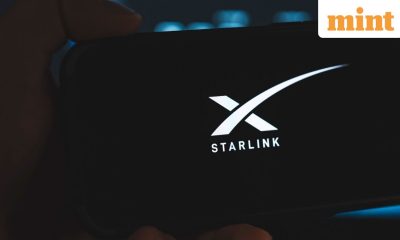
 Technology5 days ago
Technology5 days agoStarlink India pricing revealed: How much does monthly plan cost and what are its benefits? – Crypto News
-
Business1 week ago
Litecoin Price Jumps 10% as Vanguard Opens LTCC Access — How High Can LTC Go? – Crypto News
-

 Technology1 week ago
Technology1 week agoMeet the Indian-origin AI founders dominating Forbes’ latest 30 Under 30 list – Crypto News
-
Cryptocurrency1 week ago
Hedera Price Surges 10% After Canary Capital HBAR ETF Goes Live on Vanguard – Crypto News
-

 Blockchain1 week ago
Blockchain1 week agoLeveraged ETFs Tied To Strategy Suffer Major Losses – Crypto News
-
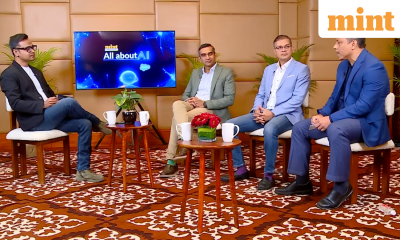
 Metaverse1 week ago
Metaverse1 week agoIndian enterprises all-set to take an AI leap as partners guide adoption – Crypto News
-
Business1 week ago
December Fed Rate Cut Prospects Strengthen After ADP Shows Deepening Labor Market Weakness – Crypto News
-

 Blockchain1 week ago
Blockchain1 week agoTaiwan to Pass Stablecoin Regulations in Late 2026: Report – Crypto News
-

 Cryptocurrency1 week ago
Cryptocurrency1 week agoEric Trump’s American Bitcoin Steadies After ‘First Major Unlock’ of Shares – Crypto News
-
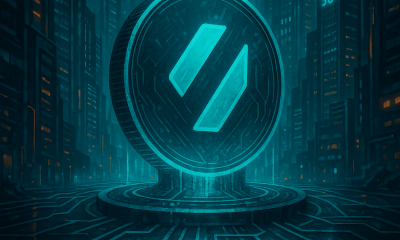
 Blockchain1 week ago
Blockchain1 week agoAnalysts Turn Bullish on SUI as Token Extends Gains Amid Renewed Institutional Interest – Crypto News
-
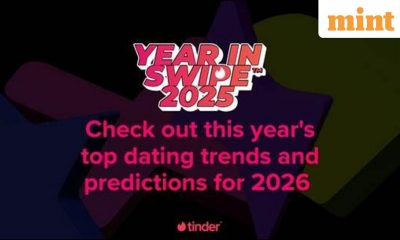
 Technology1 week ago
Technology1 week agoTinder says 2026 will be the year of ‘no mixed signals’ as daters embrace clarity – Crypto News











